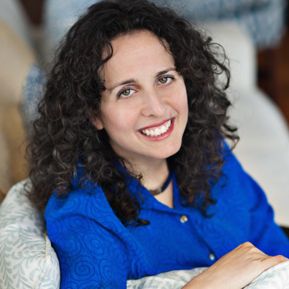 As we look back on 2014 with gratitude, I thought I’d share some of my own top posts of 2014 along with some of the most helpful book writing and publishing posts from other experts in the field that will help you with many aspects of writing and publishing a book. Thanks to Mike Larsen, Jane Friedman, Michael Hyatt, Shelton Interactive, Nancy Tierney, Rachel Vane and Chris Freese for the informative posts I refer to here.
As we look back on 2014 with gratitude, I thought I’d share some of my own top posts of 2014 along with some of the most helpful book writing and publishing posts from other experts in the field that will help you with many aspects of writing and publishing a book. Thanks to Mike Larsen, Jane Friedman, Michael Hyatt, Shelton Interactive, Nancy Tierney, Rachel Vane and Chris Freese for the informative posts I refer to here.
Writing
If you’ve done any work with me, you know that I love to help authors connect to their muse–for inspiration, to write with freedom, to get answers to questions, to help with decision making about your book. Here is a post about How to Connect with Your Writing Muse.
Authors often struggle to find their authentic voice. In this post about Finding Your Writing Voice for writers of nonfiction, published authors share their tips.
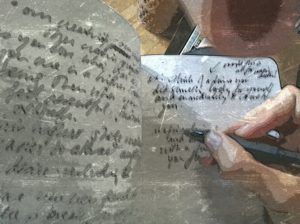 I loved this post from my copywriter Nancy Tierney at Firecracker Communications. This tip for “Wild Horse Writing”–Writing Powerful Copy–applies to any kind of writing.
I loved this post from my copywriter Nancy Tierney at Firecracker Communications. This tip for “Wild Horse Writing”–Writing Powerful Copy–applies to any kind of writing.
And if you’ve experienced a writing setback, Chris Freese teaches How to Start Writing Again in this Writer’s Digest post.
Publishing
I recently updated a page on my website on How to Write a Book Proposal. Along with providing the steps to write a book proposal, the post now lists posts I’ve written on very specific aspects of writing a book proposal, such as how to write the competitive books section, how to write chapter outlines and how to choose sample chapters.
Congratulations, several agents have offered to represent your book. Now what? here’s my recent posts about Choosing a Literary Agent.
More congratulations, you found a publisher! Here are the Questions to Ask a Publisher and how to negotiate a publishing contract. I highly recommend you have an agent negotiate your publishing contract, even if you landed the publisher’s offer on your own. This post will also show you the reasons for this.
This may seem like a picky detail, but authors often ask how to request permissions from authors to quote their work in a book. This post from Jane Friedman shows you exactly how to do that and even includes a Sample Permissions Letter.
Self publish or traditionally publish? The answer to this question will dictate your course of action–do you first write a book proposal or write your entire book? Michael Larsen gives some strong reasons for self publishing in this post about Where Traditional Publishers Fall Short, particularly the big conglomerates.
Website and Author Platform
As you develop your author platform you’ll need a website, and to be found on Google when people search for specific terms (like book writing coach or book proposal coach, in my case), then you really need a blog. The more content you have on your blog–content relative to the search terms that visitors will use to find you–the more the search engines, like Google and Bing, reward you with visitors. Your blog provides tons of relevant content. Here are some posts about designing and setting up an effective website and blog.
In designing a website, the two most important things you need to focus on are UX (user experience) and SEO (search engine optimization). UX insures that visitors find what they are looking for and take the steps you hope them to take, like sign up for your free opt-in gift (so they get on your mailing list) or buy your book. SEO insures that your visitors find you in the first place. Here is a great post from Shelton Interactive about why UX is important and the Elements to Create a Quality User Experience.
While I often recommend one of several excellent web designers (feel free to e-mail me for recommendations) to those who can afford it, if you can’t, I suggest you set up an embedded wordpress blog. Mike Hyatt has made that truly easy with his post on How to Launch a Self-Hosted WordPress Blog. That self-hosted part is really important, because if you host the blog on wordpress.com, they get all that credit with Google, not you.
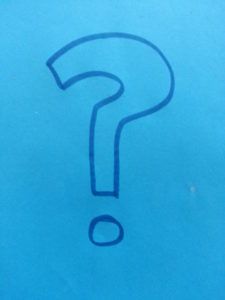 I’m not always the best at choosing images for my blog posts. In fact, I often default to my over-used head shot. So, I loved Rachel Vane’s post on How to Choose Images for Your Blog Posts.
I’m not always the best at choosing images for my blog posts. In fact, I often default to my over-used head shot. So, I loved Rachel Vane’s post on How to Choose Images for Your Blog Posts.
And to round this post out with some social media advice, Frances Caballo shares great advice on How to Engage Your Readers.
What are some of your favorite posts of 2014? And what questions would you like me to answer on my blog in 2015?

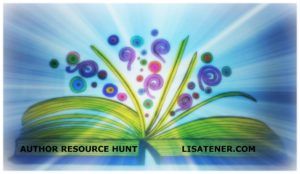 Many aspiring authors get stuck at the very beginning–they want to write a book, but feel unsure how or where to start. Others may start out fine, but get a bit lost or stuck or overwhelmed if they don’t have a bit of a road map.
Many aspiring authors get stuck at the very beginning–they want to write a book, but feel unsure how or where to start. Others may start out fine, but get a bit lost or stuck or overwhelmed if they don’t have a bit of a road map.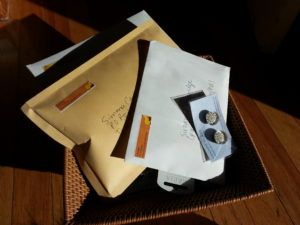
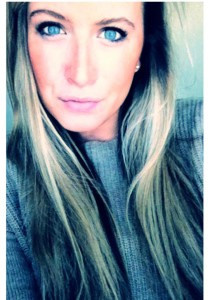
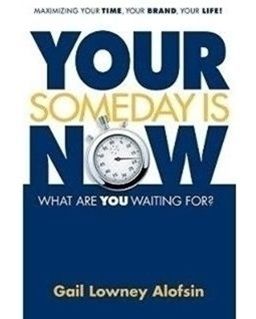 Says Janine, “My first author interview is with Gail Alofsin, author of Your Someday is Now. I started reading the book and realized how much the lessons in it were exactly what I needed for this time in my life. My friend saw me reading it and asked if she could read it after me. Our graduation ceremony was two weeks ago and, although the book may have been written with an older audience in mind, the lessons are perfect for someone thinking about her career decisions and future. I can’t wait to meet the author in person for our interview.”
Says Janine, “My first author interview is with Gail Alofsin, author of Your Someday is Now. I started reading the book and realized how much the lessons in it were exactly what I needed for this time in my life. My friend saw me reading it and asked if she could read it after me. Our graduation ceremony was two weeks ago and, although the book may have been written with an older audience in mind, the lessons are perfect for someone thinking about her career decisions and future. I can’t wait to meet the author in person for our interview.”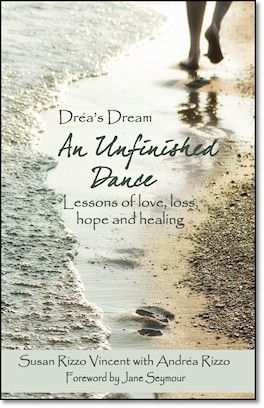 Last week, my inbox was filled with exciting news from former clients and Bring Your Book to Life® Graduates. Whether you’re just beginning to write a book or meeting some challenges on the path, it’s always helpful to find others who have trod the way before you for both inspiration and mentoring.
Last week, my inbox was filled with exciting news from former clients and Bring Your Book to Life® Graduates. Whether you’re just beginning to write a book or meeting some challenges on the path, it’s always helpful to find others who have trod the way before you for both inspiration and mentoring.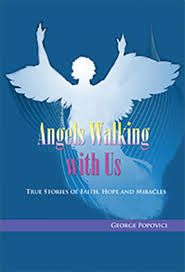 FEATURED ARTIST
FEATURED ARTIST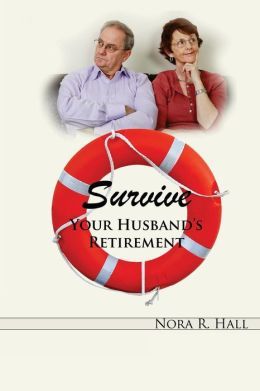 Nora Hall, author of
Nora Hall, author of 
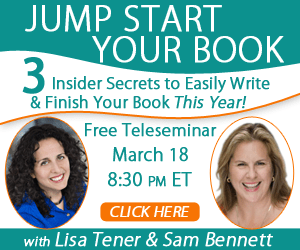
 3. My colleague Stuart Horwitz once said something like, “You can have a flashback but don’t fall in love with the past so much that the reader loses the sense of the reading present.” So, most of the story should take place in the “linear” arena and the flashbacks should not get too long that the reader loses their sense of where they are.
3. My colleague Stuart Horwitz once said something like, “You can have a flashback but don’t fall in love with the past so much that the reader loses the sense of the reading present.” So, most of the story should take place in the “linear” arena and the flashbacks should not get too long that the reader loses their sense of where they are.